Everything the Power of the World does is done in a circle. The sky is round, and I have heard that the earth is round like a ball, and so are all the stars. The wind, in its greatest power whirls. Birds make their nest in circles, for theirs is the same religion as ours. The sun comes forth and goes down again in a circle. The moon does the same and both are round. Even the seasons form a great circle in their changing, and always come back again to where they were. The life of a man is a circle from childhood to childhood, and so it is in everything where power moves. Our tepees were round like the nests of birds, and these were always set in a circle, the nation’s hoop.–Black Elk
Over the past several years birding and bird photography have become passions. One of the most seductive aspects of these pursuits is a greater appreciation for the passage of time. I suppose that as one reaches middle age, it is natural to focus more on time and how precious it is, but beyond that, the movements of birds are governed by the seasons, and these ebb and flow through time. Birding, then, has become a mechanism for getting the most out of life before becoming part of the fossil record.
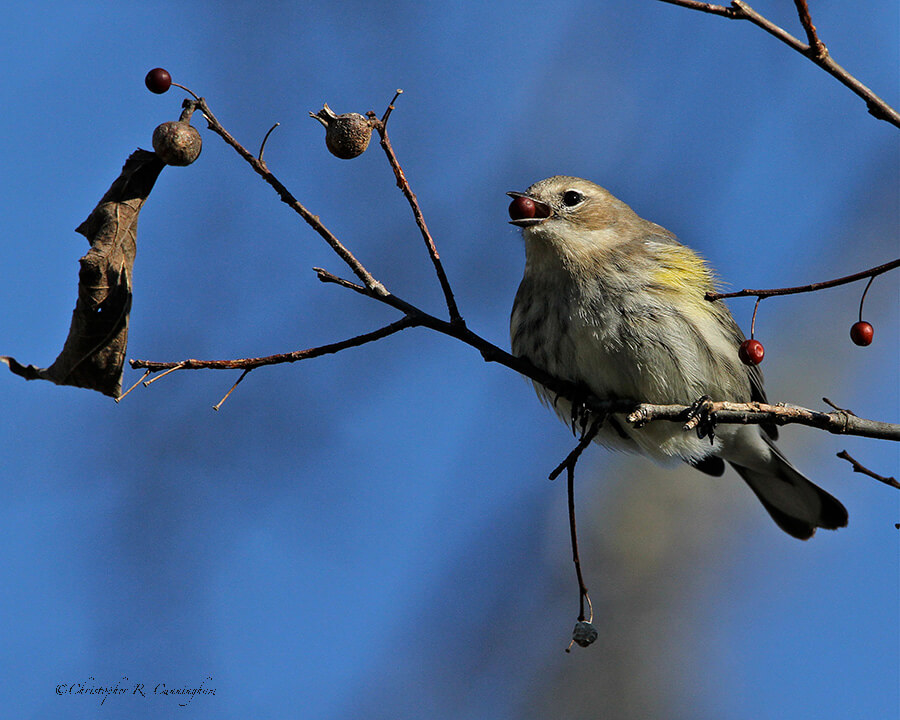
Growing up in Minnesota, the changing seasons had a much more visceral impact than here in subtropical Texas. On a Minnesota day in October or November during the 1960’s or 70’s, a boy could be playing in the sun-warmed grass in the morning, and building an igloo in the afternoon.
Dramatic arctic blasts from Canada seemed to change everything instantly. I remember the family airedale playing with a dead crow, perhaps frozen in mid-air, that dropped out of the sky during a late fall cold front that caused a 50-60 degree temperature change within an hour or two. It was cold and icy–almost Siberian–for the next five months. That year the snow didn’t melt in the shadows until May.
Of course, the Texas Gulf Coast is subject to its own spectacular weather, hurricanes to be precise, but the changing of the seasons is generally a much more gradual affair, incrementally climbing up or down in temperature by a fraction of degree or so per day, on average.
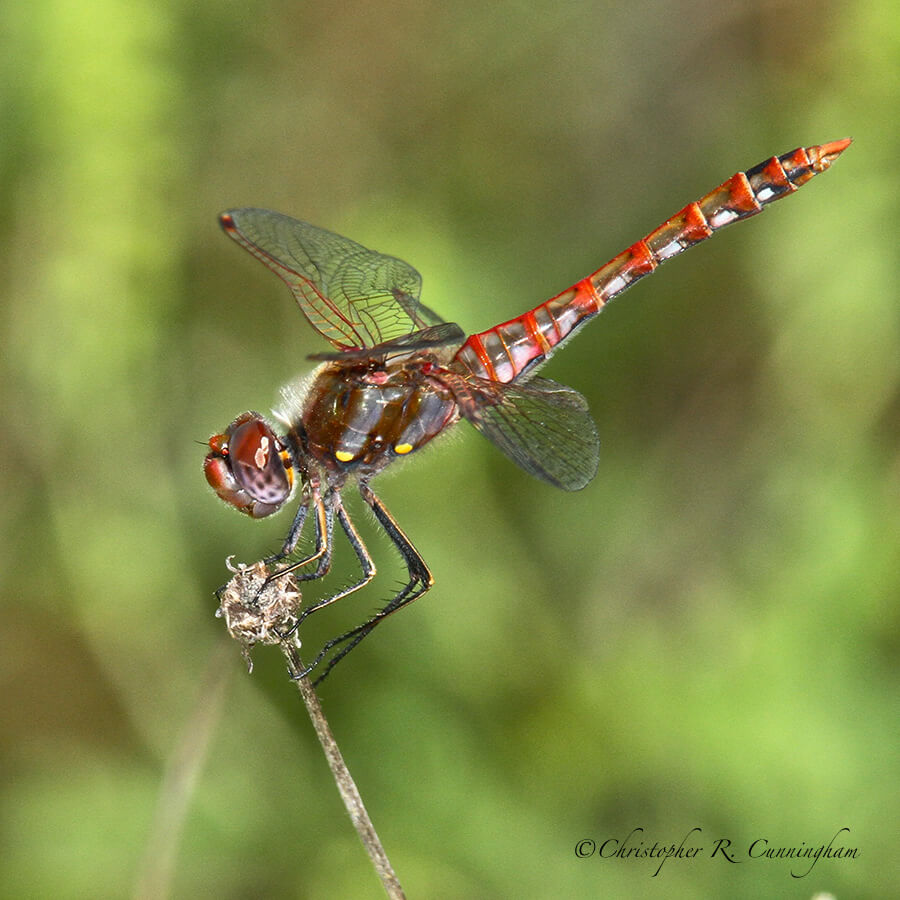
Recently I remember having a conversation with another birder in which he asked if I’d seen anything interesting that day. I remarked that the fall migration must have begun because I had just seen a Great Crested Flycatcher–this while standing in a 95-degree swamp in August. This would not have been a comprehensible statement to the boy from Minnesota, but to the Texas birder the fall season starts not with cooling weather nor with the changing colors of the leaves, but when the first fall migrants begin appearing.
As a birder it seems that there is always something to look forward to–and not just the work-a-day longings for the next weekend or vacation. The planet’s tilted journey around the sun now deeply affects what I see and do. Like some pagan Celt or a boy waiting for the thaw, I connect with the seasons and the flow of energy across the solar system and into the biosphere . . . .
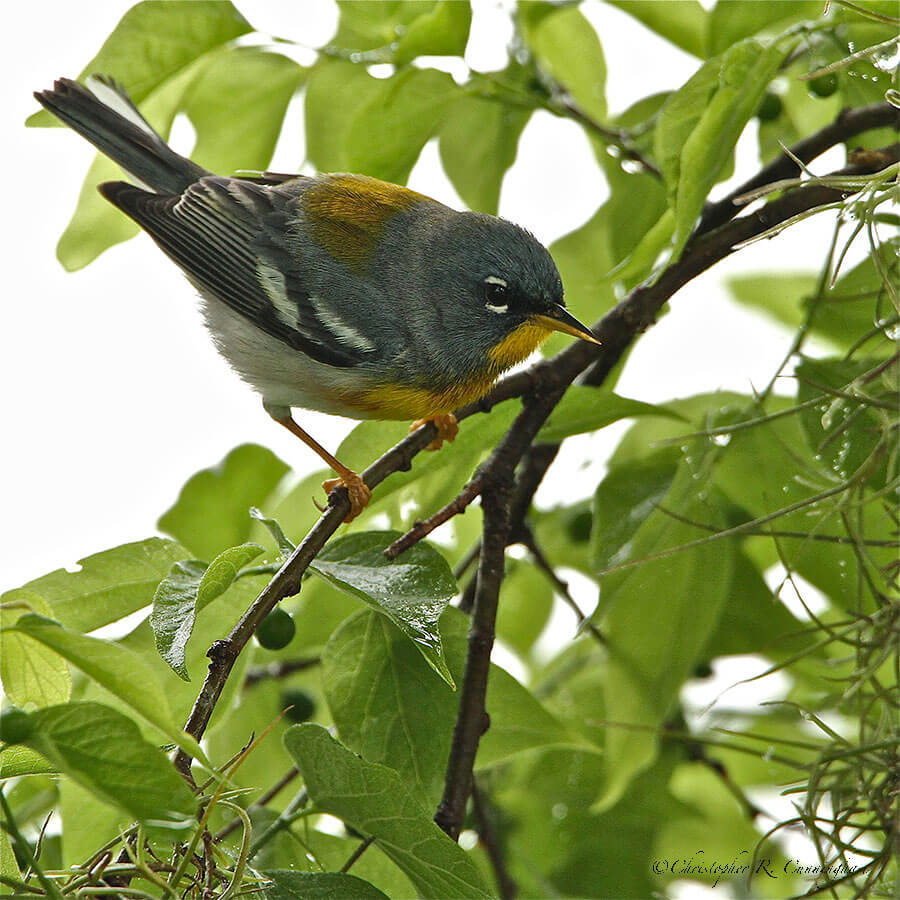
And so now I look forward to the year of birding—year-round . . . .
Spring migration makes for exceptional birding in Texas. High Island, Lafitte’s Cove, Sabine Woods, and Anahuac National Wildlife Refuge are our nearby favorites for migratory warblers, vireos, tanagers, and flycatchers–or whatever shows up. Travel plans must always take into account which species will be where at a particular time of year. Optimism reigns in the the spring: Maybe this year I’ll get a great shot of a Blackburnian Warbler or perhaps a Yellow-throated Vireo!
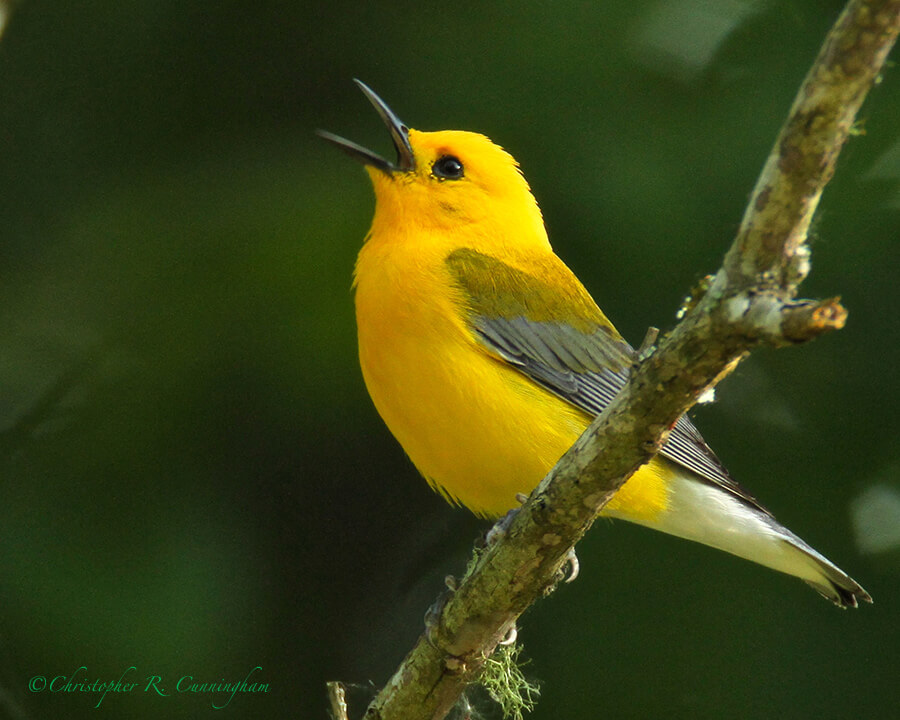
Summers are hot and buggy, and the threat of hurricanes hangs overhead–but there are baby rails and ducklings to be seen and photographed. Waders hunt in the dawn hours–maybe this summer I’ll get a great shot of Great Blue with a baby alligator in its beak!
Fall has the greatest psychological impact on the birder: you are looking at the longest stretch of beautiful weather and the threat of Houston being turned into matchsticks by a hurricane finally dwindles—although the recent visit from the remnants of Patricia serves as a reminder that the threat of meteorological destruction lingers until winter. And, again, migrants show up again in the fall. A fall road trip may take us to Pollywog Pond (Corpus Christi) or Paradise Pond (Port Aransas). Hope springs eternal for a brisk blue norther.
Winters along the Texas Gulf Coast are spectacular for birders. Many species winter here and many of the deciduous trees are bare making observation and photography relatively easy. We love the Coastal Bend and the Rio Grande Valley winters. We can’t wait for Laguna Atascosa (a jaguarundi this time?) or Santa Ana National Wildlife Refuge. And then it is spring again . . . and here come the migrants!
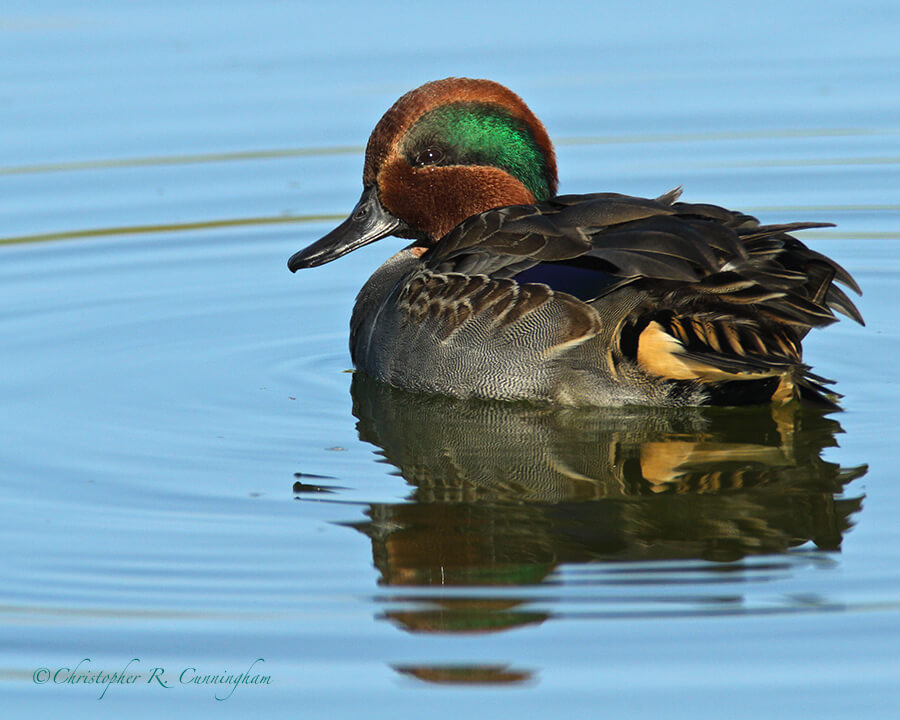
©2015 Christopher R. Cunningham. All rights reserved. No text or images may be duplicated or distributed without permission.
Your Four Seasons Retrospective comments are just lovely. Thank you!
Just beginning retirement, my husband and I now look forward to connecting with the seasons and the birds as you do. Also, gripped by bird photography (and photography for that matter!) I don’t worry for a moment that retirement will be boring.
Lacking many birds in August in upstate New York, I discovered the world of macro and photographed my first damselflies and it was thrilling both to see these bright, attractive creatures I had overlooked while birding.
Thank you for your inspiring post. This is the first time I’ve been to your website (on the recommendation of a friend) and I’m instantly a devoted follower!
Thank you very much for your kind comments! We, too, move from bird photography to macro when birds are shy or absent due to seasonal movements. I get chills when I think about retirement—no fears of boredom. The idea of being where the birding action is best exhilarates us. Cheers, Chris C.